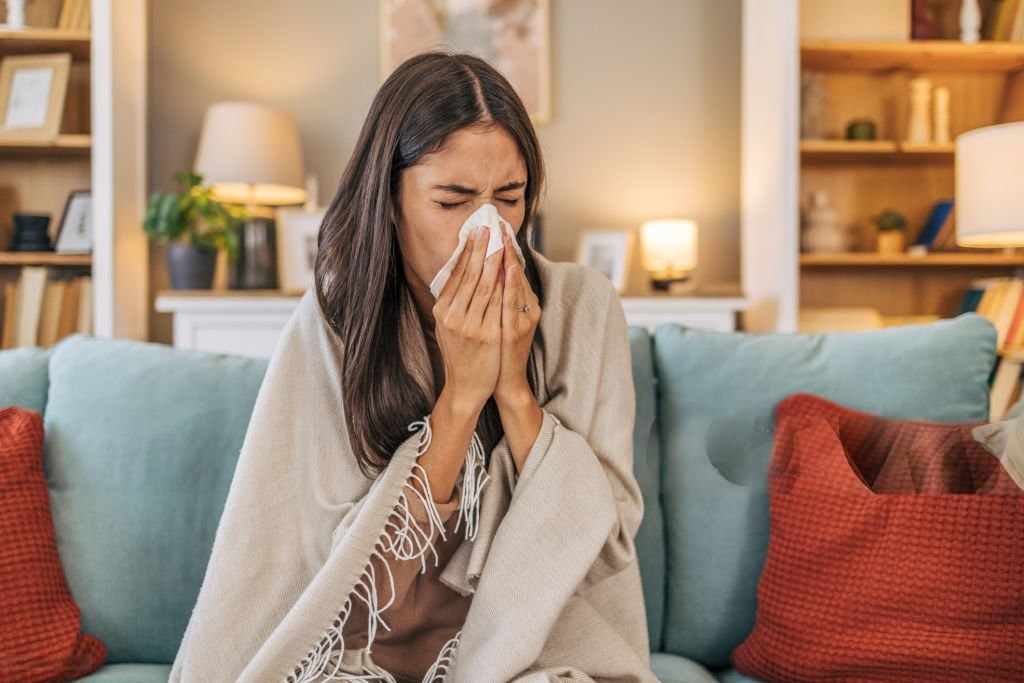
Respiratory diseases often occur year-round, but are most common during the changing seasons - Illustration photo/ Source: Getty Images
Ms. Thu Giang (27 years old, office worker in Hanoi ) has had sinusitis for many years. When the weather changes or she goes to crowded places with a lot of vehicle exhaust, she sneezes continuously, and at night she has a stuffy and runny nose.
Although she used medicine combined with daily nasal irrigation, she still saw no results. The weather was turning cold, nasal congestion and runny nose occurred more frequently, making Ms. Giang feel tired, greatly affecting her quality of life.
Doctors at Phu Tho General Hospital said that at the time of autumn - winter transition, the abnormal changes in temperature and humidity create a favorable environment for viruses and bacteria that cause respiratory diseases to thrive. There are 6 common respiratory diseases when the weather changes from autumn to winter. Specifically:
Flu
Influenza is an acute viral infection of the respiratory tract with symptoms of fever, headache, muscle aches, fatigue, runny nose, sore throat and cough. Cough symptoms are often severe and prolonged. May be accompanied by gastrointestinal symptoms such as nausea, vomiting, diarrhea, especially in children.
Usually, the patient will recover within 3-7 days. However, the disease may last longer if the patient has a weak immune system or an underlying disease.
Flu is transmitted through the respiratory tract, through the air, through droplets of saliva or nasal secretions of sick people containing flu virus when coughing or sneezing.
Sinusitis
Sinusitis is an infection of the mucous membrane lining the sinuses that causes pus and inflammatory fluid to accumulate in the sinuses and not drain out, causing a buildup of fluid or mucus inside.
Sinusitis has two main forms: acute sinusitis and chronic sinusitis. Acute sinusitis often occurs in the ethmoid sinus, frontal sinus, sphenoid sinus and polysinusitis.
Symptoms include sinus pain, fever, runny nose or throat discharge, nasal congestion on one or both sides, or loss of smell.
Laryngitis
There are two forms of laryngitis: acute and chronic:
Acute laryngitis: Usually occurs in cold weather or when the weather changes suddenly, the cause of the disease is often due to viruses. The disease is common in people who drink alcohol, smoke, and people who work in cold, polluted environments.
Symptoms include fatigue, chills, possibly a low-grade fever, hoarseness or complete loss of voice, cough, sore throat, and difficulty swallowing.
Chronic laryngitis : Is a condition of inflammation of the laryngeal mucosa, recurring many times or caused by prolonged laryngitis.
Early symptoms of chronic laryngitis include: mild difficulty swallowing, difficulty speaking, difficulty raising the voice or difficulty singing.
In more severe stages, the patient feels a gradual hoarseness and then gradually loses his voice, possibly accompanied by a cough, phlegm in the morning, and a feeling of itching, burning or mild burning in the larynx area.
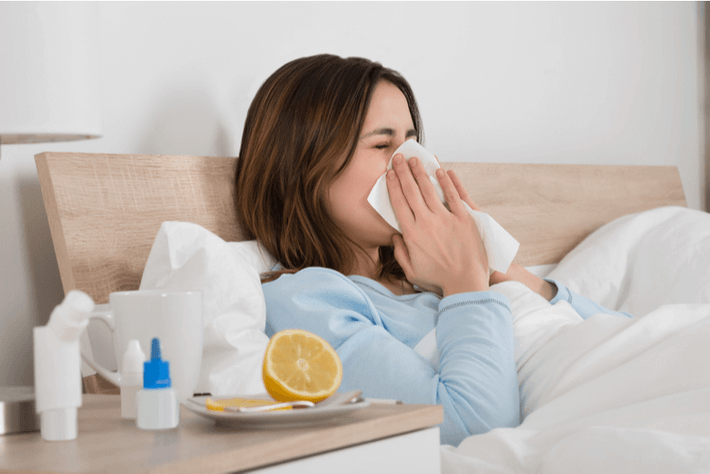
Understand common respiratory diseases to be more proactive in prevention, monitoring, and early treatment to ensure health - Illustration photo
Bronchitis
The disease has two forms: acute and chronic:
Acute bronchitis : Inflammation occurs in the bronchial mucosa that has not been damaged. Usually, the cause of the disease is a virus.
Chronic bronchitis : At this stage, the bronchial tubes will be continuously irritated, leading to dangerous complications (especially chronic obstructive pulmonary disease). Chronic bronchitis can last from several months to several years.
Symptoms of bronchitis include: dry cough, cough with phlegm or cough with a single sound; fever, which can occur in bouts or be continuous; phlegm secreted from the respiratory tract that is green, yellow or white; wheezing.
Bronchitis can be transmitted through two main routes: direct contact between people; spread through personal items such as towels, cups, bowls, toothbrushes, etc.
Bronchiolitis
This is a common lung disease that usually affects infants, children under 6 months of age, and during the winter months. It is usually spread to others through droplets in the air when people cough, sneeze, or talk.
Or when a healthy person comes into contact with a sick person's belongings such as towels or toys and then touches their eyes, nose or mouth.
Symptoms of bronchiolitis include: cough, which may or may not produce phlegm; high or low fever, intermittent or continuous fever, some children do not have fever; runny nose, stuffy nose; increased phlegm secretion, green, yellow or white; wheezing, rapid breathing; loss of appetite.
Pneumonia
Is a condition in which the alveoli in the lungs become inflamed. Pneumonia can appear in a fixed location or a few areas. More dangerous is the appearance of inflammation of the entire lung.
Symptoms of the disease include: chest tightness, shortness of breath; fatigue, weakness; body temperature always increases without decreasing, the body sweats a lot.
In some cases, the elderly and those with weak immune systems will have lower body temperature than normal. Conditions such as diarrhea and uncontrolled vomiting may occur.
How to prevent disease?
Doctors note that to prevent common respiratory diseases during the changing seasons, you should keep your body warm enough when it's cold, especially the neck, chest, hands and soles of your feet; bathe and wash your hair with warm water in a closed room, do not bathe late; limit the use of fans and air conditioners.
Live a regular life, eat scientifically , exercise, get enough sleep, avoid staying up late. Clean your mouth, throat, and nose regularly.
Wash your nose and gargle with 0.9% saline; brush your teeth after meals, before and after going to bed; wash your hands with soap. Do not smoke, avoid drinking too much cold water or ice. Increase your intake of green vegetables and drink plenty of warm water or fresh fruit juice.
Patients should not buy antibiotics on their own. When symptoms appear, they should see a doctor for diagnosis and proper treatment. Get vaccinated against influenza according to instructions, and get vaccinated against pneumococcus for people at high risk.
Source: https://tuoitre.vn/cam-cum-viem-xoang-va-mot-so-benh-duong-ho-hap-thuong-gap-khi-giao-mua-2024101520193896.htm



![[Photo] Readers line up to visit the photo exhibition and receive a special publication commemorating the 135th birthday of President Ho Chi Minh at Nhan Dan Newspaper](https://vphoto.vietnam.vn/thumb/1200x675/vietnam/resource/IMAGE/2025/5/17/85b3197fc6bd43e6a9ee4db15101005b)

![[Photo] Prime Minister Pham Minh Chinh chairs meeting on science and technology development](https://vphoto.vietnam.vn/thumb/1200x675/vietnam/resource/IMAGE/2025/5/17/ae80dd74c384439789b12013c738a045)

![[Photo] More than 17,000 candidates participate in the 2025 SPT Competency Assessment Test of Hanoi National University of Education](https://vphoto.vietnam.vn/thumb/1200x675/vietnam/resource/IMAGE/2025/5/17/e538d9a1636c407cbb211b314e6303fd)










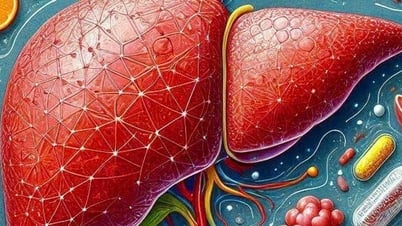



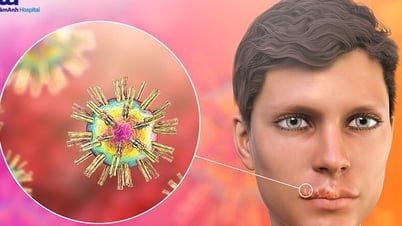












![[Photo] Nearly 3,000 students moved by stories about soldiers](https://vphoto.vietnam.vn/thumb/1200x675/vietnam/resource/IMAGE/2025/5/17/21da57c8241e42438b423eaa37215e0e)
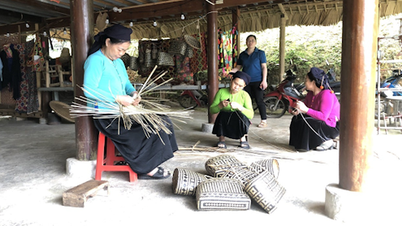





































































Comment (0)